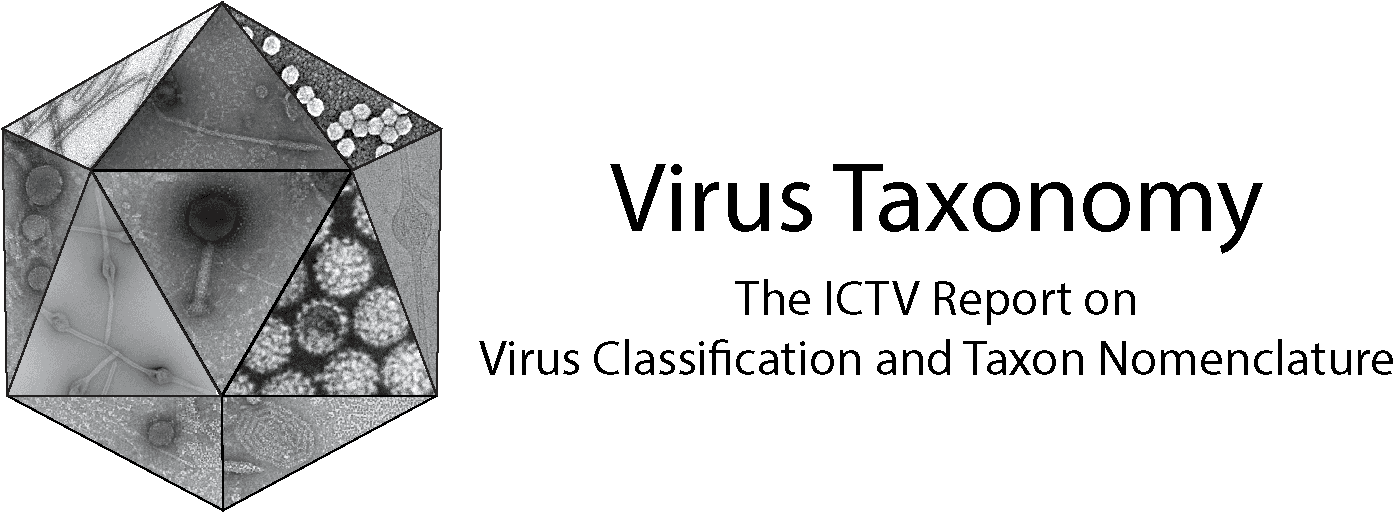Subfamily: Deltarhabdovirinae
Genus: Stangrhavirus
Distinguishing features
Viruses assigned to the genus Stangrhavirus form a distinct monophyletic group based on well-supported Maximum Likelihood or Maximum Clade Credibility trees inferred from complete L sequences. Members of the genus have been detected in mosquitoes (Culicidae). They are distinct phylogenetically from related viruses assigned to the genus Primrhavirus.
Virion
Morphology
Virion morphology is unknown.
Nucleic acid
The genomes consist of a single molecule of negative-sense, single-stranded RNA of approximately 13.6–14.4 kb (Li et al., 2015, Xu et al., 2018, Shi et al., 2019, da Silva Ferreira et al., 2020, Batson et al., 2021).
Proteins
The N, P, M, G and L proteins share sequence homology and/or structural characteristics with the cognate proteins of other rhabdoviruses.
Genome organisation and replication
The genomes include the five canonical rhabdovirus structural protein genes (N, P, M, G and L) and an additional gene (U1) between the G and L genes that encodes a small protein of approximately 6 – 7 kDa (Figure 1 Stangrhavirus).
 |
| Figure 1 Stangrhavirus. Schematic representation of stangrhavirus genomes shown in reverse (positive-sense) polarity. The genomes contain long open reading frames (ORFs) in the N, P, M, G and L genes (open arrows) and an additional small gene (U1, blue green) between the G and L genes. The alternative ORF in the M gene (grey) may or may not be expressed. |
Biology
The viruses assigned to this genus were discovered by viral metagenomic sequencing of Culex spp. or Deinocerites spp. mosquitoes from various parts of the world. Stang virus (species Stangrhavirus stang) was detected in Culex erythrothorax mosquitoes collected in the Placer Valley, California (Batson et al., 2021). Elisy virus (species Stangrhavirus elisy) was detected in Culex tarsalis mosquitoes collected in Alameda County, California (Batson et al., 2021). Wuhan mosquito virus 9 (species Stangrhavirus wuhan) sample XY91455 was in Culex tritaeniorhynchus mosquitoes collected in Yunnan Province, China (Li et al., 2015). Guadeloupe Culex rhabdovirus (species Stangrhavirus guadeloupe) was detected in Culex quinquefasciatus mosquitoes collected in Guadeloupe (Shi et al., 2019). It has also been detected in Deinocerites sp. mosquitoes collected in Grenada (named Grenada mosquito rhabdovirus 1) (Xu et al., 2018) and in Culex quinquefasciatus and Aedes aegypti mosquitoes collected in Brazil (named cururu virus) (da Silva Ferreira et al., 2020). No isolates of the viruses have yet been reported.
Species demarcation criteria
Viruses assigned to different species within the genus have several of the following characteristics: A) minimum amino acid sequence divergence of 10% in the N proteins; B) minimum amino acid sequence divergence of 10% in the L proteins; C) minimum amino acid sequence divergence of 15% in the G proteins; D) significant differences in genome organisation as evidenced by numbers and locations of ORFs; E) they can be distinguished in virus neutralisation tests; and F) they occupy different ecological niches as evidenced by differences in vertebrate hosts and or arthropod vectors.
Related, unclassified viruses
| Virus name | Accession number | Virus abbreviation |
| Atrato rhabdo-like virus 2 | MN661109* | AtRLV2 |
| Xiangyun mono-chu-like virus 11 | OL700136 | XyMCLV11 |
Virus names and virus abbreviations are not official ICTV designations.
* Coding region sequence incomplete

